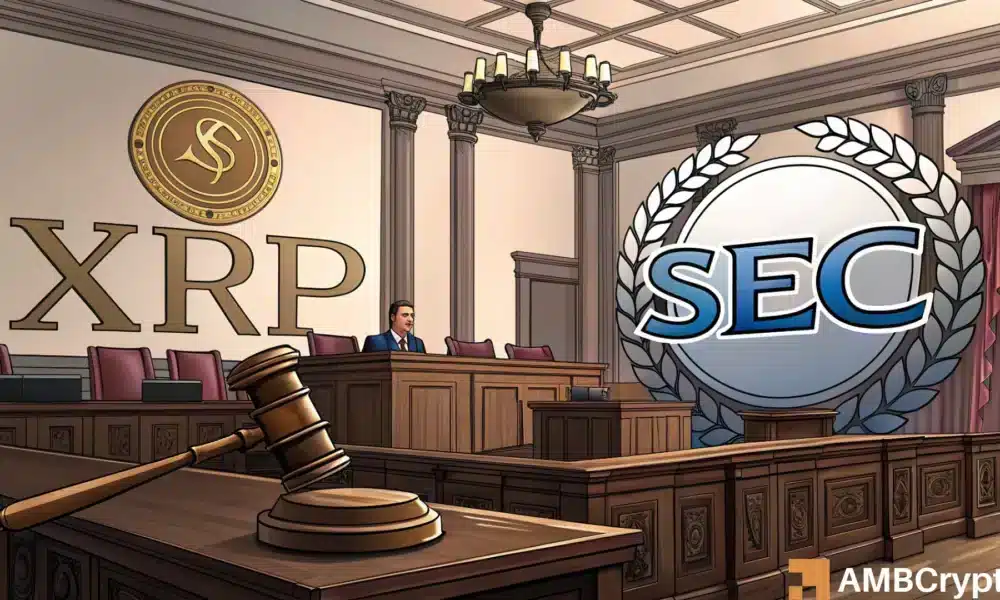XRP Network Activity Surges Despite Price Dip
XRP’s price may be cooling down, but on-chain data tells us a different story. For example, the number of XRP addresses steadily climbed to 6.87 million by March 12, signaling growing user adoption. This surge in user engagement occurred despite the price drop from $2.90 to $2.25, illustrating a paradox of interest amidst a market downturn.
Source: X
Recent data from Santiment revealed a surge in daily active addresses between March 1-8, culminating just as XRP’s price began to slide. This divergence hinted at heightened network activity amid the sell-offs—often indicating accumulation or speculative repositioning among investors. Sustained address growth and active usage suggest that investors aren’t exiting the market en masse; rather, they are adjusting their strategies. Should this trend hold, XRP could be setting the stage for a stronger rebound as sentiment improves.
Ethereum’s Precedent, Ripple’s Parallels
Ethereum’s journey from an ICO-funded token to a recognized commodity has become a significant reference point in Ripple’s ongoing legal defense. The SEC previously refrained from prosecuting Ethereum, highlighting its decentralization and evolution over time. Ripple is currently leveraging this precedent by arguing that XRP has undergone a similar transformation.
Source: X
Recently, FOX News correspondent Charles Gasparino reported that Ripple is emphasizing these parallels as the SEC evaluates XRP’s current utility. As per Gasparino’s observations, SEC officials are contemplating whether XRP continues to exhibit characteristics that classify it more as a commodity rather than a security. Both ETH and XRP initially served as financial instruments for platform development, yet only Ripple has faced legal scrutiny. This comparative backdrop could significantly influence the SEC’s eventual decision on classifying XRP.
Ripple’s Defense Strategy and the Stakes of Classification
At the core of Ripple’s legal strategy is a concerted effort to reframe XRP’s utility and market behavior—arguing that it behaves more like a commodity than a security. Their defense posits that XRP no longer relies on Ripple Labs or any centralized hierarchy. Instead, they argue, XRP operates independently within the market, akin to Ethereum’s evolution.
Gasparino further reported that the SEC is evaluating whether XRP’s utility is now self-sustaining, separated from its original fundraising intent. A favorable ruling for Ripple would not only terminate the lengthy legal battle but could also catalyze greater institutional interest in XRP. Conversely, if the SEC determines that XRP remains a security, Ripple may face renewed restrictions—potentially affecting exchange listings and investor confidence.
The stakes extend beyond Ripple itself. The outcome of this case could set a monumental regulatory precedent for how digital assets are classified throughout the United States. With the SEC exploring different digital asset frameworks, Ripple’s fight for classification may reshape the broader cryptocurrency landscape.
As the situation unfolds, XRP holders and prospective investors will be watching closely to see if the legal clarity they desire—in terms of utility, market behavior, and regulatory status—becomes a reality. The response from the SEC could either empower the XRP community or foster further uncertainty within the evolving digital finance ecosystem.

